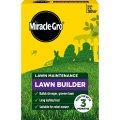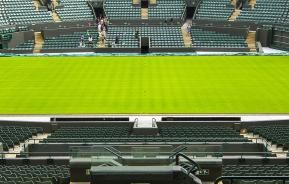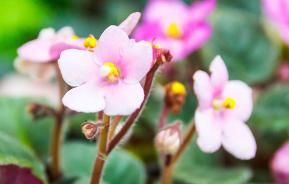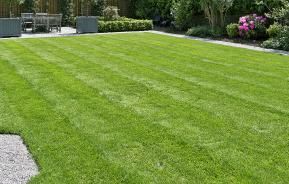Many people don’t know where to start when they are thinking about entering a garden into a competition like the Chelsea Flower Show or the Hampton Court Flower Show. With the latter of the two imminent, we thought we would give you a run-through of the key things that you need to think about if you are thinking of creating a future award-winning garden.
Realisation of your brief or outlined plan
Clarity and delivery of the vision
They say you should start with the end in mind, and that is what you should do when embarking on an award-winning garden. You must plan well in advance to achieve the desired results, from the optimum planting dates to the last drop of water before competition day.
The scale of ambitious garden features
Atmosphere, flair, originality, impact and theatre from the design
When you are creating a garden for a competition, something spectacular is needed if you are going to walk away with first prize. That is why you must think from as early your planning stage how you are going to add that wow factor and go that extra mile than your competitors. Think about more than floral arrangements, think outside of the box. The key here is not to try and do one better than what you have seen, but to try and do something new and amazing that nobody else has done yet.
Aim to make an overall impression
Choice of materials, polish and dressing
This may seem a bit of a no brainer but you have to show a quality finishing touch. By this I mean if you have material features in your garden that involve wood or metal, don’t forget to varnish and polish those parts to give the impression that it is incredibly well maintained and looked after.
Think about the functional layout plan of the garden
Function, unity, dimensions and scale
The layout will likely be in your mind for the conception of your idea and through your planning stage, and it should be. Think about the size of your garden, what you want it to say or do. The placement of each little bit matters, so it is important that you are absolutely certain rooted sections of the garden are where they need to be and where the work toward the bigger picture of the garden.
Be aware of your garden’s design, 3–d and spatial composition
How the scale, mass and void, volume and balance work together
Nobody enjoys a flat looking garden, but we also don’t enjoy feeling suffocated by overgrowth. Of course, if you are working with a small garden, having a mass amount of shrubbery is going to be a little overbearing. Get your design hat on and think about how different elements can complement the garden.
Ensure the quality of constructed parts
The quality of build and finish
You may or may not want to have constructed elements in your garden. If you do, however, make sure that they built with evident quality. If you have an arbour, pergola or other construction you will have to ensure that it is solid, sturdy and isn’t crooked or out of shape in any way.
Take care when designing your plant arrangements
Colour, texture, form, composition and overall visual impact of the planting
When you are selecting your plants and floral arrangements in your garden, think about how it will look once the flowers have bloomed. What colours work together? Will there be plants adjacent to each other that are drastically different in size when fully grown? These are the types of questions that you need to ask yourself when thinking about these garden criteria.
Make your plant associations relevant to the garden theme/plan
Relevance, species and cultural significance appropriate to the design and brief
This is something that not many think about but is a crucial factor. Keep in mind that your garden must have a theme which makes sense and each element must be associated with that theme. You can be creative with this to a certain extent but do not make these connections too loose or you will risk the whole showpiece not making sense.
Keep your plants healthy and appropriately numbered
Is the quality, health and density of planting appropriate for this garden?
It is important to get the balance right when considering the number of plants relevant to the size of your garden. Of course, the amount of plants means nothing if they are not in good health. Make sure you research the species you are growing and study the best methods to grow them. Think about the planting time, planting mixture and food that you want to give each species leading up to the competition.








